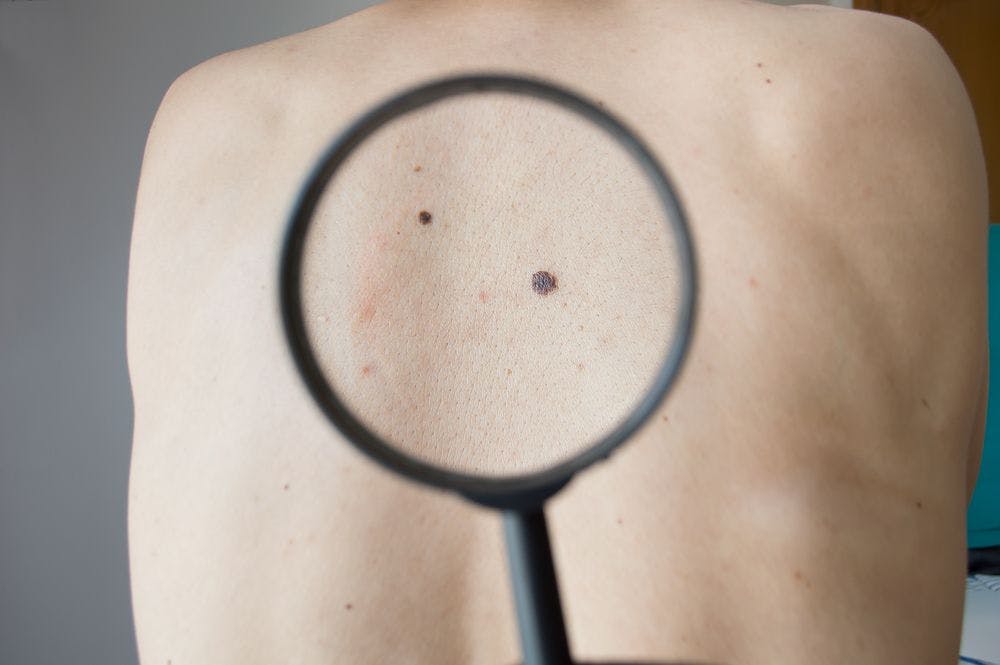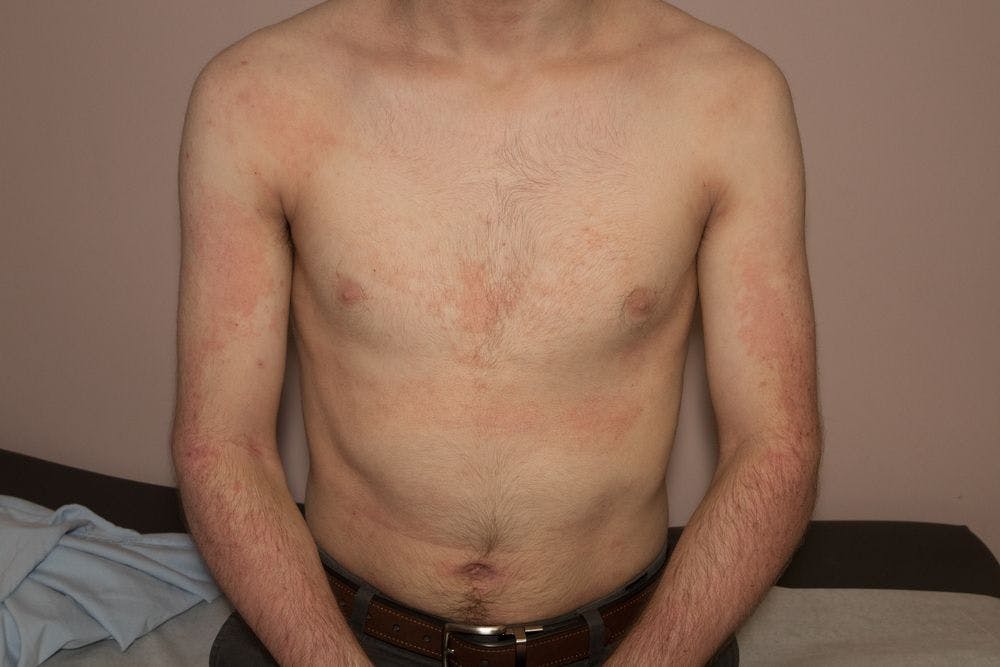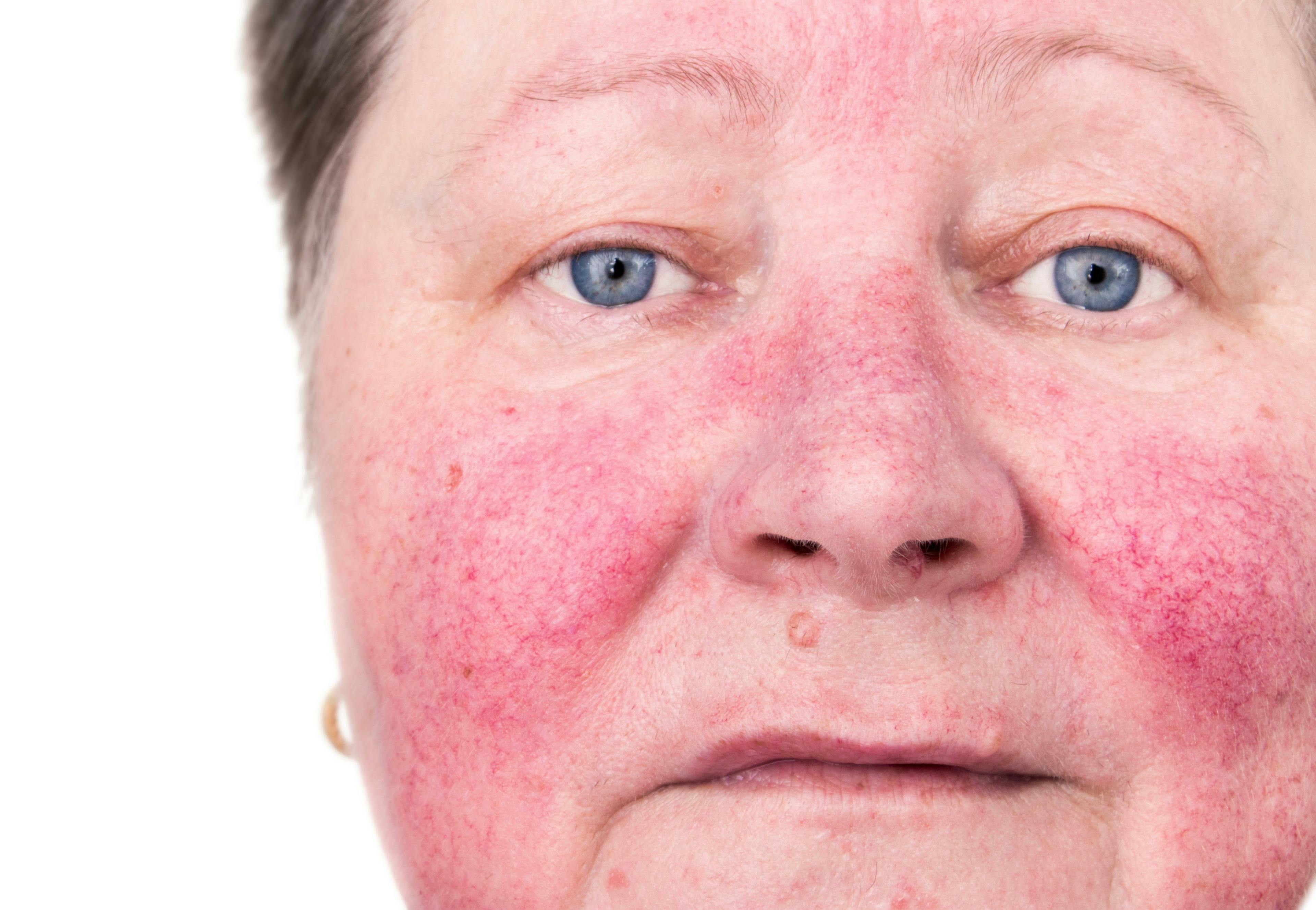- Acne
- Actinic Keratosis
- Aesthetics
- Alopecia
- Atopic Dermatitis
- Buy-and-Bill
- COVID-19
- Case-Based Roundtable
- Chronic Hand Eczema
- Chronic Spontaneous Urticaria
- Drug Watch
- Eczema
- General Dermatology
- Hidradenitis Suppurativa
- Melasma
- NP and PA
- Pediatric Dermatology
- Pigmentary Disorders
- Practice Management
- Precision Medicine and Biologics
- Prurigo Nodularis
- Psoriasis
- Psoriatic Arthritis
- Rare Disease
- Rosacea
- Skin Cancer
- Vitiligo
- Wound Care
Publication
Article
Dermatology Times
Desire for clearance high in atopic dermatitis patients
Author(s):
Insights offer greater understanding around patient perspectives and desires that could prove useful to dermatologists in managing atopic dermatitis and psoriasis.
“To our knowledge no previous studies have addressed the relative importance for psoriasis and atopic dermatitis patients regarding complete or almost complete skin clearance. Our study fills not only this research gap, but further identified specific factors that may affect the patients subjective need for greater skin clearance,” says Alexander Egeberg, M.D., PhD. (©GirlThinPosition/Shutterstock.com)
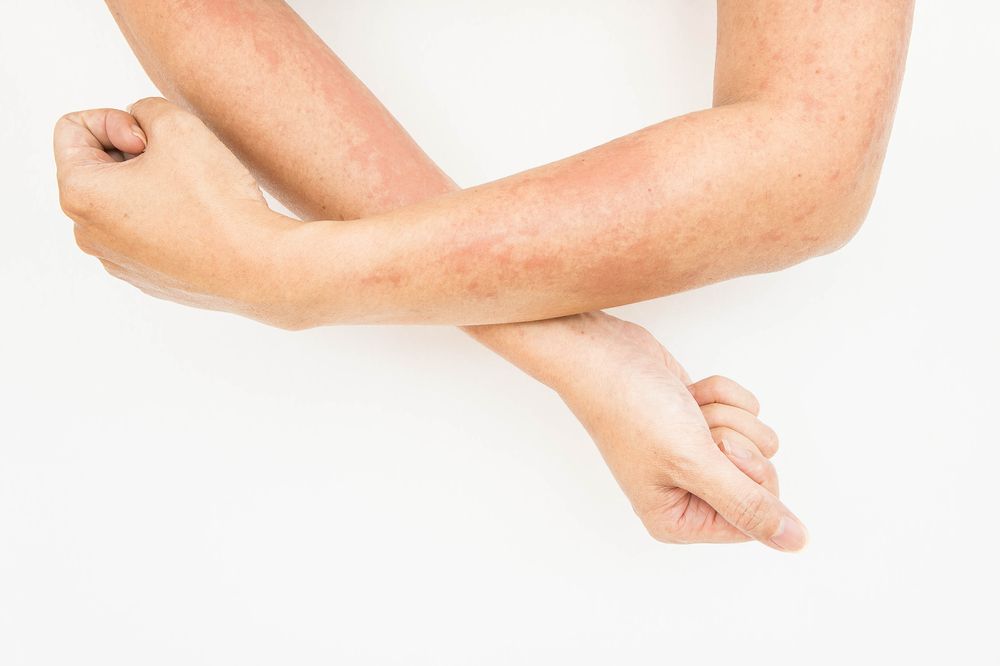
Dr. Egeberg

Complete or almost complete skin clearance is more important for patients with atopic dermatitis than for patients with psoriasis, suggests research recently published in Journal of the American Academy of Dermatology.1
Findings from the Danish study also indicated that both patient groups find almost complete clearance more important than complete skin clearance. Greater disease severity, itch, skin pain and site of the condition increased this importance.
“Surprisingly, itch was more strongly associated with importance of skin clearance in psoriasis patients compared to atopic dermatitis patients,” notes study investigator Alexander Egeberg, M.D., PhD, Department of Dermatology and Allergy, Herlev and Gentofte Hospital, KildegÃ¥rdsvej, Hellerup, Denmark. “Although speculative, pruritus is experienced in nearly all atopic dermatitis patients whereas this is seen in greater variation among psoriasis patients, possibly explaining the diff erence in pruritus impact between these diseases.”
RELATED: Cochran review explores impact of behavior modifications on psoriasis severity
In psoriasis, affected palms, soles or genitals were associated with greater patient-perceived importance of skin clearance, whereas in atopic dermatitis involvement of the scalp, palms, soles, genitals or nails were not. And for atopic dermatitis patients, the desire for clearance was greatest when lesions were situated on the face and neck.
“Our results indicate that patients who have skin psoriasis or atopic dermatitis in visible areas, such as the face and neck, may experience cosmetic concerns,” adds Dr. Egeberg.
The study, which occurred between May and July 2018, examined 3,842 adult patients with atopic dermatitis and 4,016 with psoriasis. Individuals were asked how important it was that their skin becomes “almost clear” or “completely clear” of atopic dermatitis or psoriasis. There was a strong female predominance, particularly among patients with atopic dermatitis and patients with psoriasis were slightly older than atopic dermatitis patients (59.4 years versus. 48.8 years).
“To our knowledge no previous studies have addressed the relative importance for psoriasis and atopic dermatitis patients regarding complete or almost complete skin clearance. Our study fills not only this research gap, but further identified specific factors that may affect the patients subjective need for greater skin clearance,” Dr. Egeberg says.
While little was previously known about the importance patients attach to obtaining clearance in atopic dermatitis, or what strengthen this desire, a greater understanding of these factors could prove useful for dermatologists who suggest systemic agents to this patient populationNovel systemic therapies, including biologics, have dramatically improved outcomes in psoriasis and now increasingly in atopic dermatitis, but only a small proportion of patients are currently on systemic therapy. This could be due to patient concerns over adverse eff ects or cost, as well as contraindications for certain individuals.
In this study only 7% of patients with severe atopic dermatitis and 27% of those with severe psoriasis were taking any systemic therapy, and the most frequently used was methotrexate. Those taking systemic therapy expressed a higher wish for almost complete or complete skin clearance.
RELATED: How to talk to patients about their weight
“This could be an indicator that these patients may be more affected by their disease, but also that they may be more motivated to obtain skin clearance since they are willing to take systemic medications (including biologics) and accept the risk of potentially serious side effects,” Dr. Egeberg says.
Also, as advertising directly to patients is not allowed in Denmark, he adds. “It is possible that their knowledge about novel treatment options are lower than in the U.S., which may affect patients subjective need for skin clearance.”
Ultimately, Dr. Egeberg concludes, the study’s findings,“emphasize the considerable undertreatment among patients with psoriasis and atopic dermatitis, and the apparent disconnect between the use of systemic treatments and patients need for complete or almost complete skin clearance.”Â
Disclosures:
None
References:
References
1. Egeberg A, Thyssen JP. Factors associated with patient-reported importance of skin clearance among adults with psoriasis and atopic dermatitis. J Am Acad Dermatol. 2019; doi: 10.1016/j.jaad.2019.06.018.
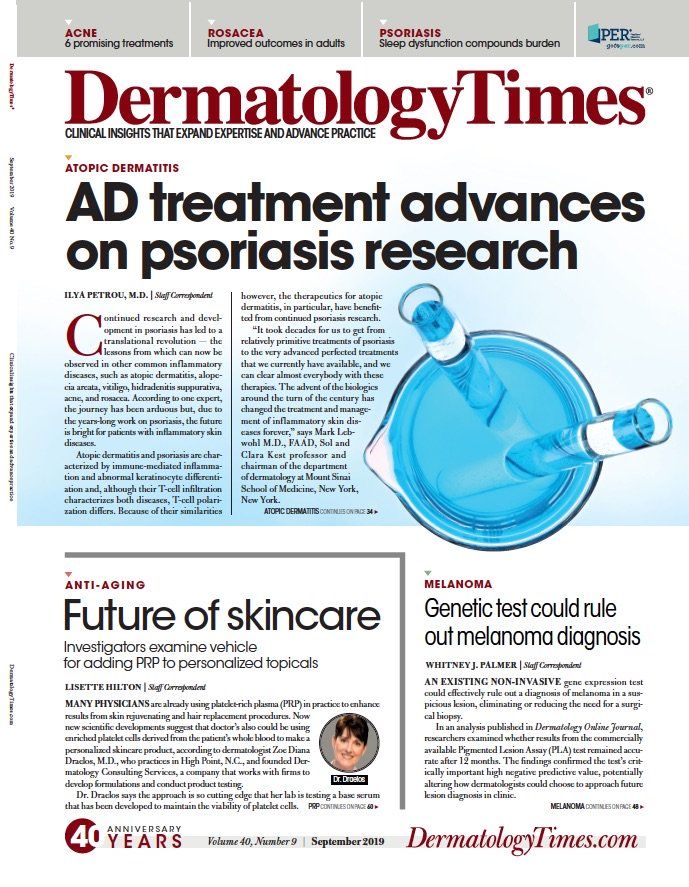
Newsletter
Like what you’re reading? Subscribe to Dermatology Times for weekly updates on therapies, innovations, and real-world practice tips.

